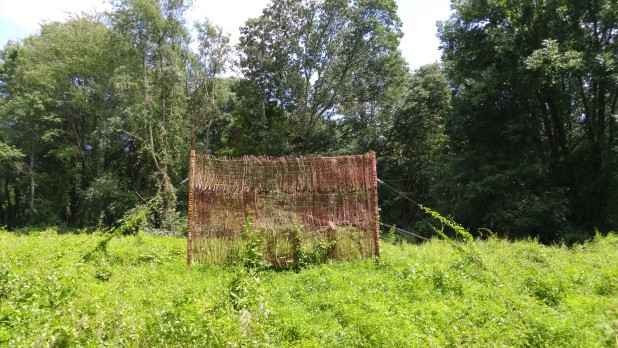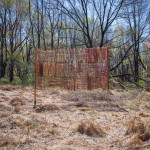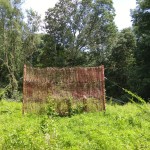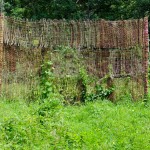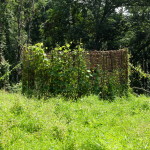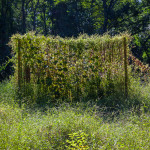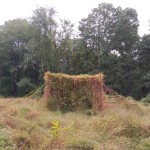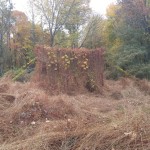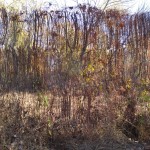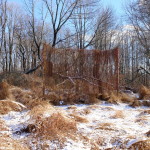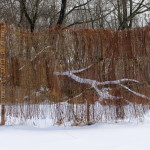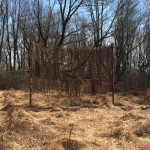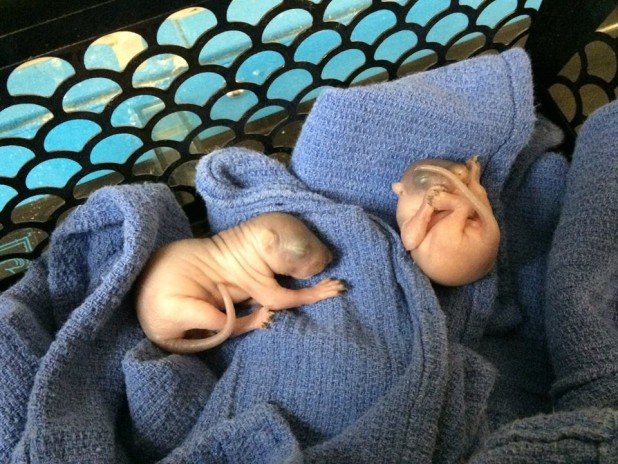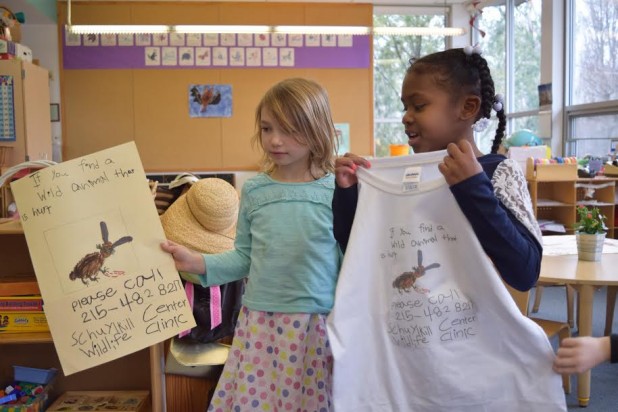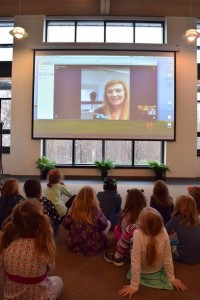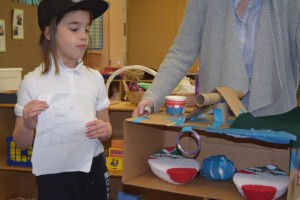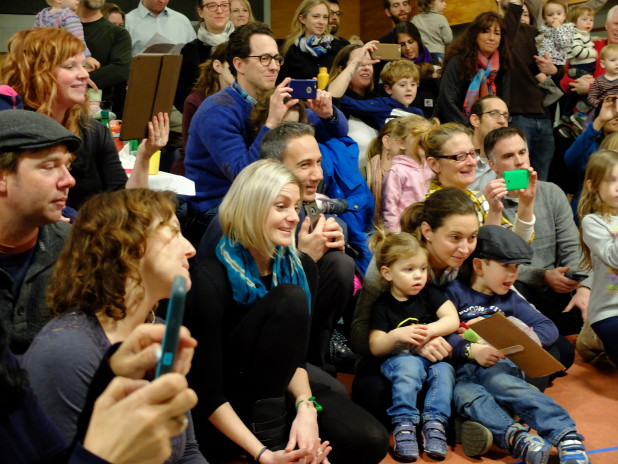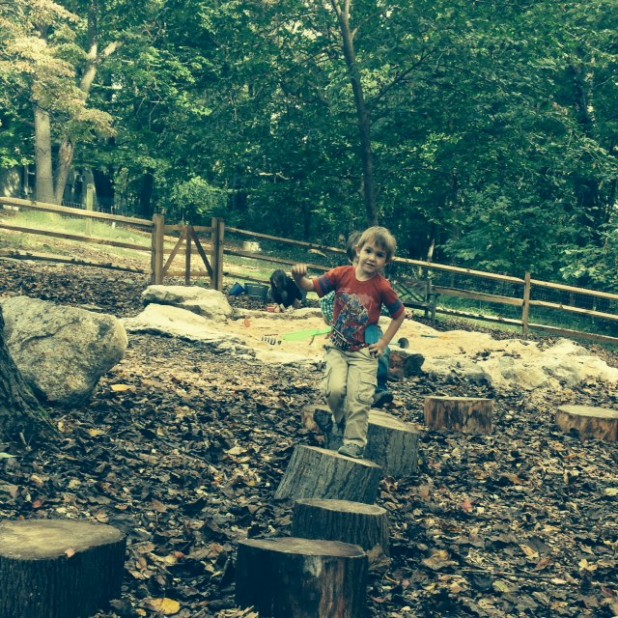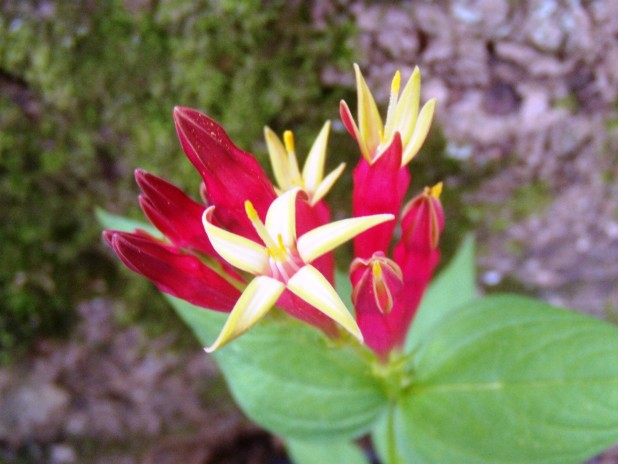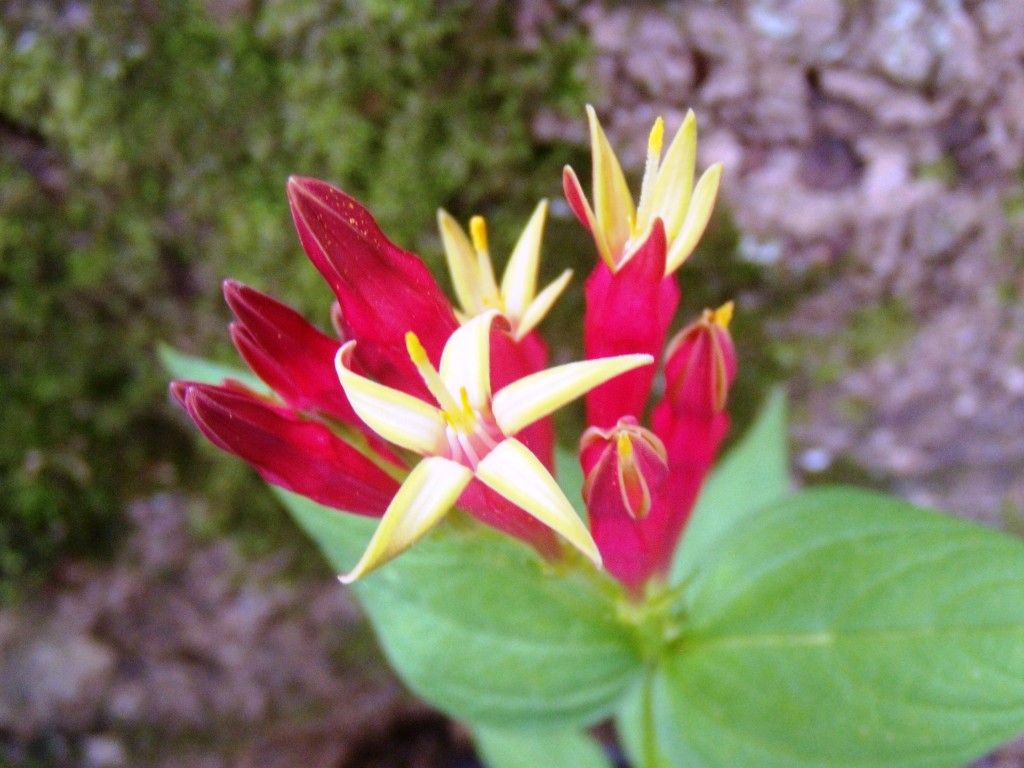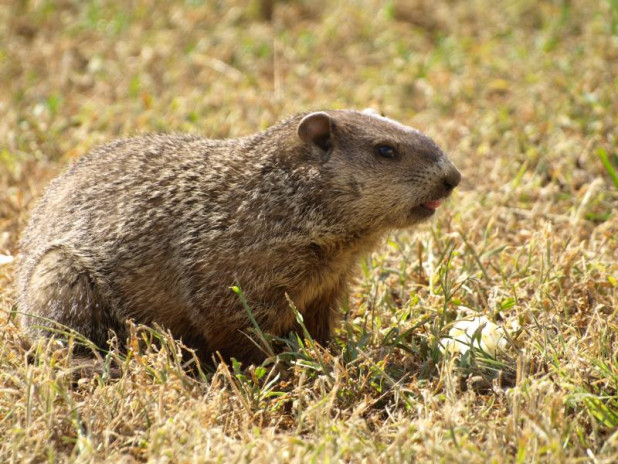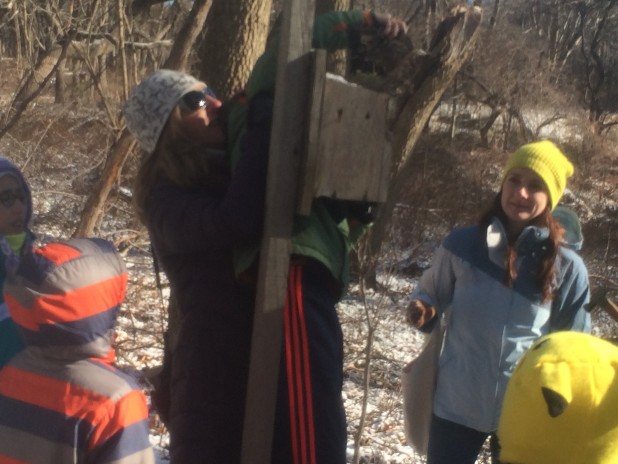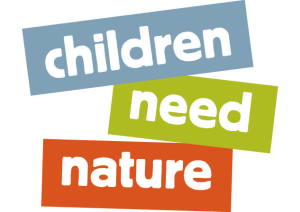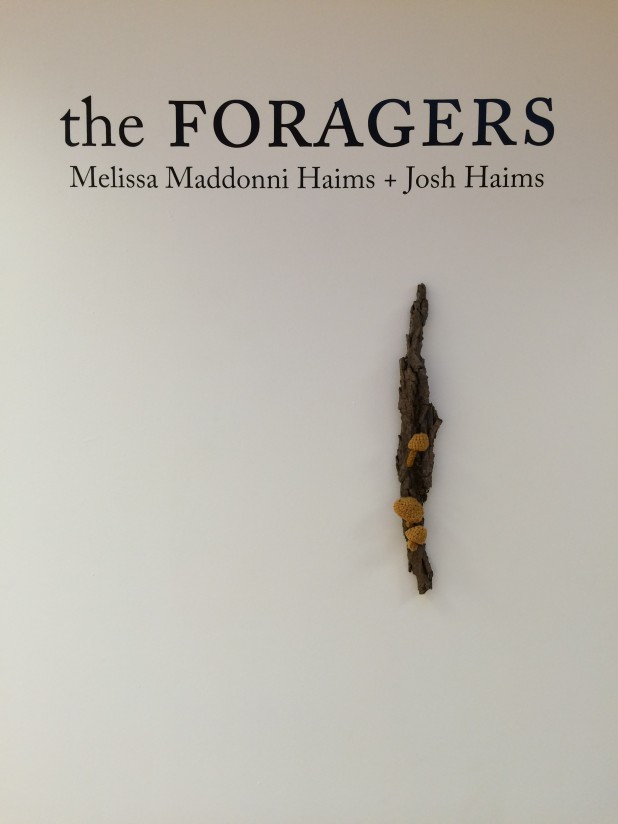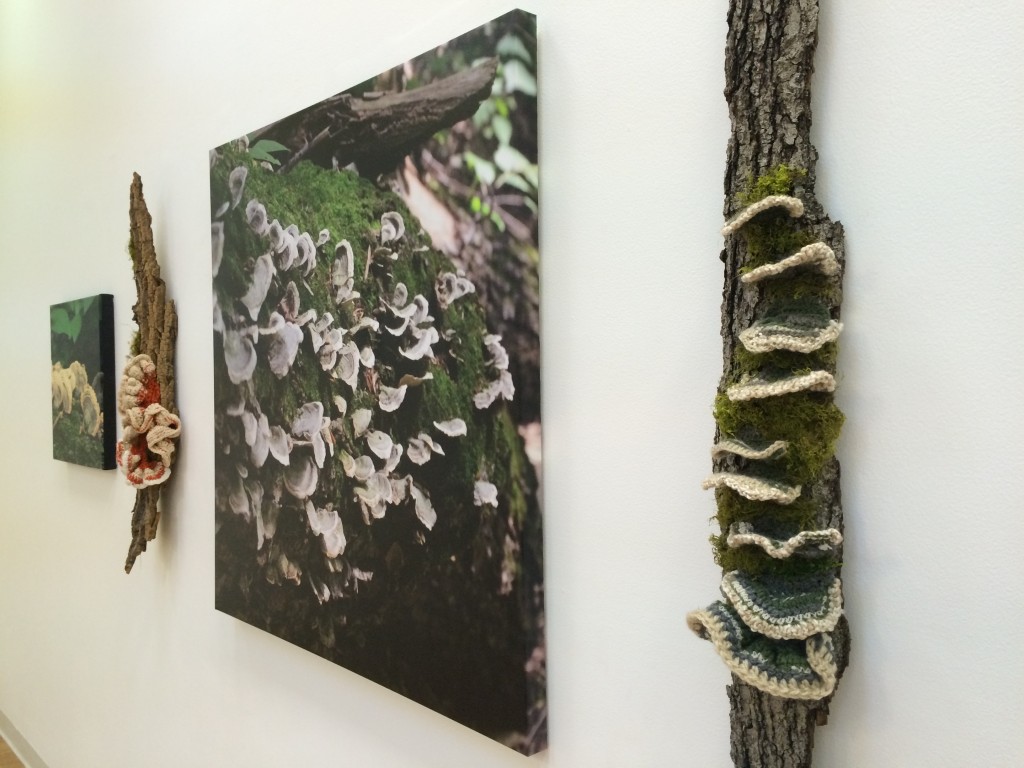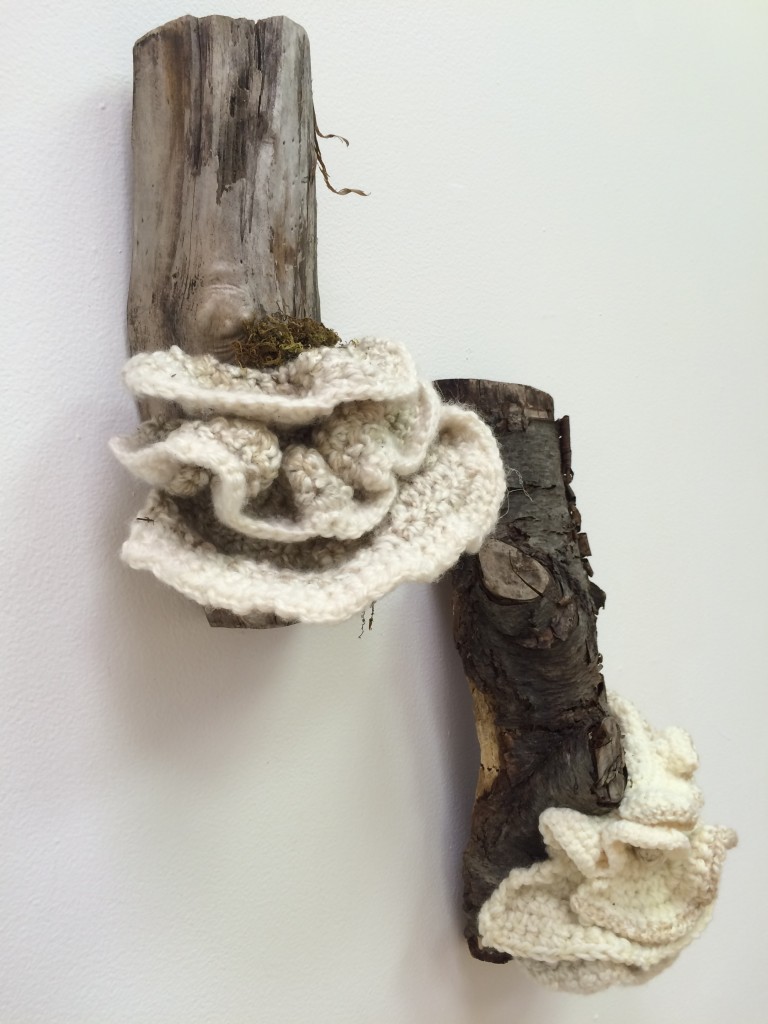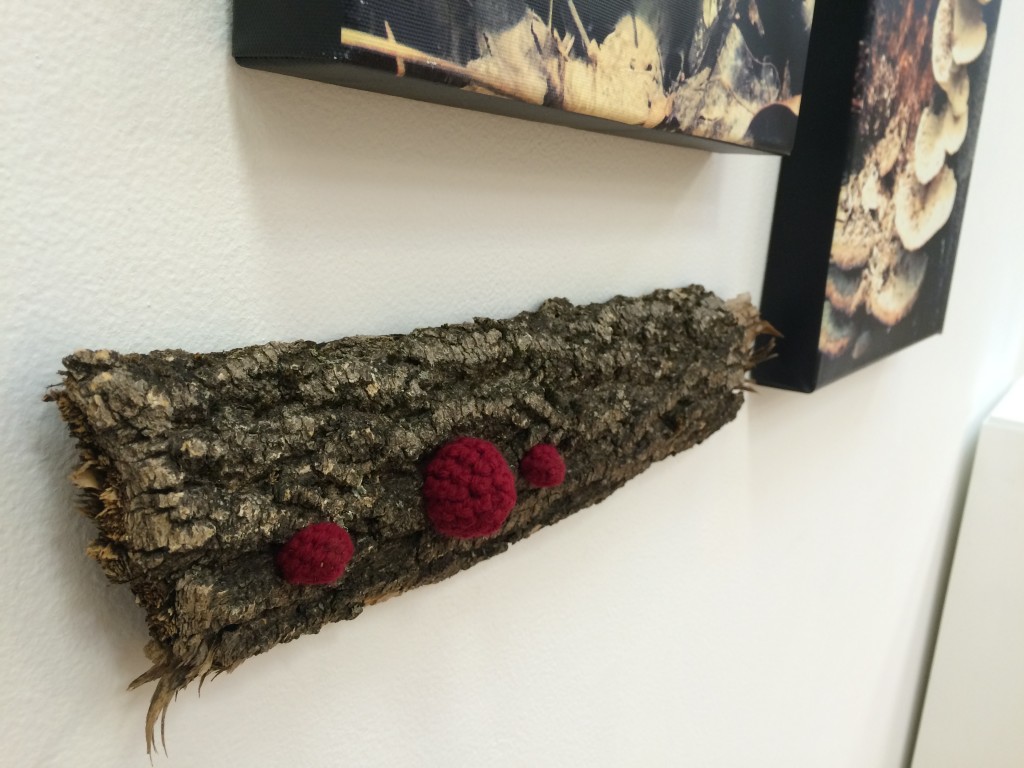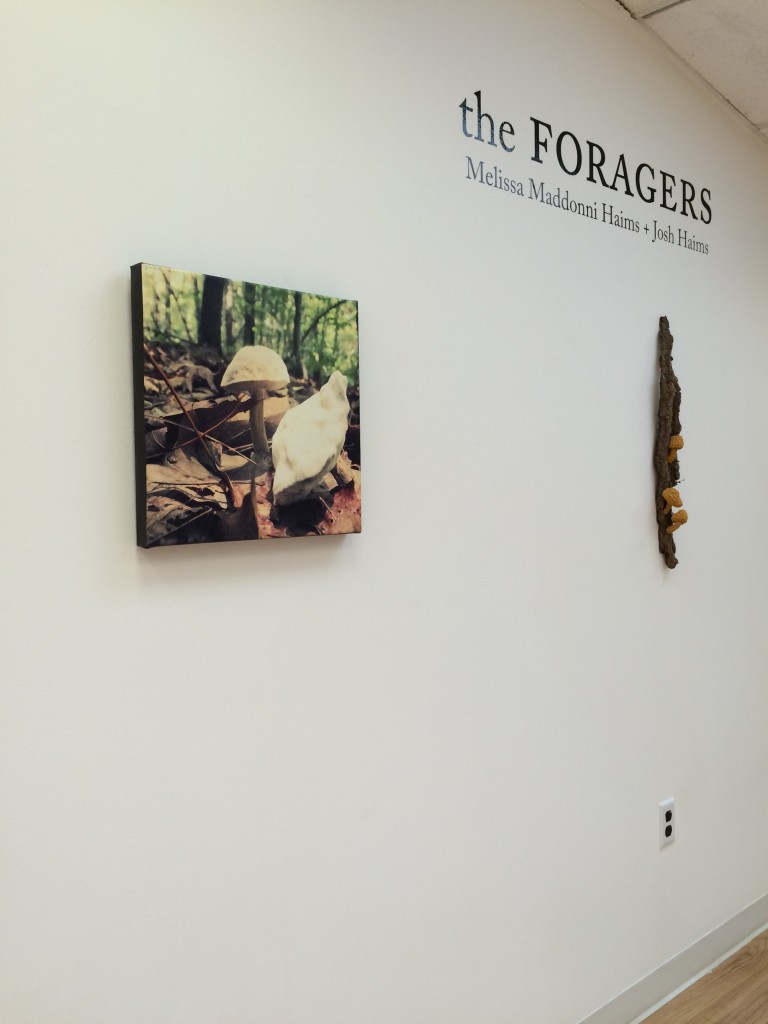By Mike Weilbacher, Executive Director
At 7:25 This morning, a portly aging man in top hat and tails unceremoniously yanked a grumpy groundhog from his winter den and presented it to a roaring crowd numbering in the tens of thousands. The man whispered to the groundhog in their secret, shared language, what he calls “Groundhogese”…
And, for the 130th year since 1886, Punxsutawney Phil, the most famous rodent this side of a certain mouse named Mickey, predicted the weather.
Happy Groundhog Day. With today’s temperatures soaring into the 50s and tomorrow’s into the 60s, Phil did not see his shadow—no surprise there—predicting an early spring. (But remember, the National Climatic Data Center calculated that Phil only gets his predictions right 39% of the time, worse than a coin flip.)
As a naturalist, I love a holiday named for an animal, and I’m tickled that the national media just might have made room amongst that day’s Iowa caucus results to squeeze this story in.
And I love that it’s based in some natural history. Groundhogs—also called woodchucks—are in fact hibernators, sleeping the entire winter away in underground burrows, their heart rate plummeting from summer’s 80 beats per minute to winter’s five. In February, males arouse themselves from this slumber to scout their territory, searching for the dens of potential mates. Finished scouting, they go back to sleep for another month or so.
Pennsylvania Dutch farmers settling in the New World brought their German tradition of seeking out a hibernating animal—for them it was badgers, while Brits used hedgehogs—on February 2 for weather prognostications. Coming here and seeing groundhogs roaming in February likely began the tradition of Groundhog Day.
But the choice of February 2 is no accident. Those same German settlers also commemorated the Christian Candlemas, the day when clergy blessed and distributed candles to combat the dark of winter, and lighted candles were placed in windows. Candlemas comes at the exact mid-point between winter solstice and spring equinox, and superstition held that if the weather was fair this day, the second half of winter would be cold and stormy. “If Candlemas be fair and bright,” said the superstition, “winter has another flight. If Candlemas brings clouds and rain, winter will not come again.”
Candlemas itself has an origin in the pagan celebration of Imbolc, one of four cross-quarter days, the halfway marks of seasons. Echoes of ancient cross-quarter holidays have stayed with us through the ages in May Day, Halloween, and Groundhog Day.
Today, we are halfway through winter, as farmers used to remind themselves by repeating the adage, “Groundhog Day, half your hay.” Pace yourself; make sure you’ve got enough for winter’s second half.
Seems there was a long-ago tug of war over which calendar would mark the seasons, one where cross-quarter days begin them, the other where solstices and equinoxes do. Midsummer’s Eve, another pre-Christian holiday captured so wonderfully by Shakespeare, occurs on the summer solstice, now the beginning of summer. But way back when, the solstice was the midway point of the season.
Portions of that ancient calendar have stayed with us, embedded in our cultural DNA. When that top-hatted gentleman pulled Phil out of his burrow up there on Gobbler’s Knob, he reminded us of olden days when a completely different calendar ruled—and today is suddenly Imbolc, the very first day of Spring.
And let’s be honest: he had better chances of getting his prediction right than Martin O’Malley did of winning Iowa. Paws down.
Image: Jeffrey Kontur

